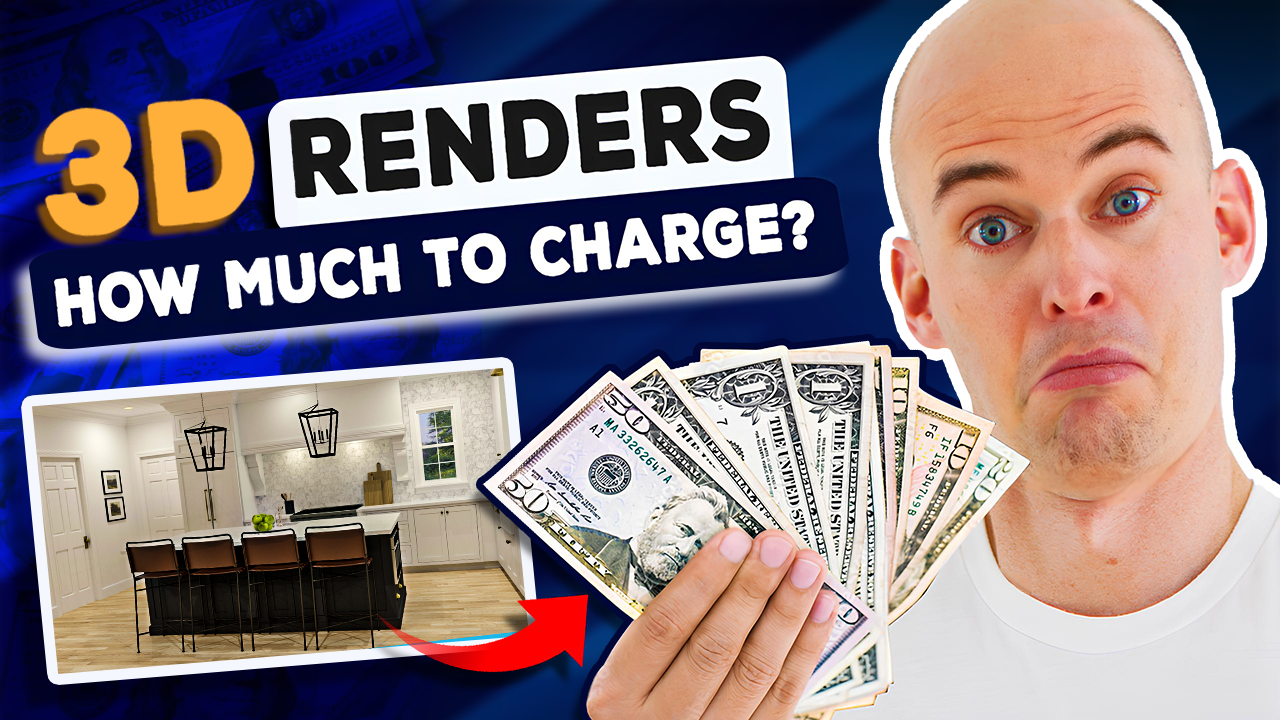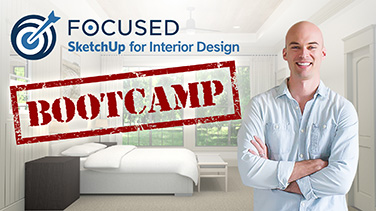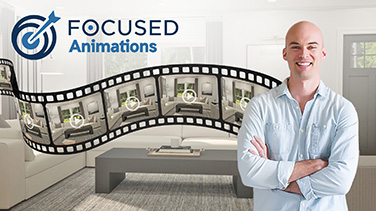How Much to Charge for 3D Renders

It’s a question I get asked all the time – how much should I charge for renders? In this post/video, I explore that question and give some insight into what works best for my design firm, and what to avoid when trying to price your 3D rendering services…
Table of Contents
- Introduction
- Differentiating Business and Client Pricing
- Creating Packages for Clients
- Using a Project Management Tool
- Determining the Right Price
- Leveraging Renders for Marketing
- Conclusion
- FAQ
Introduction
Welcome to my post, which is based on my livestream I did recently on the topic of pricing, and specifically on how much to charge for 3D renders. In this post, I will address the question that many designers and businesses often face: how to determine the right price for 3D renders. This topic is of great importance because pricing plays a crucial role in the success of any design business. As the co-founder of Arched Manor, a design company that offers 3D renders as part all design projects, I have had personal experience with pricing these services.
Differentiating Business and Client Pricing
When it comes to pricing 3D renders, it’s important to differentiate between business projects and client projects. Here are some key points to consider:
Charging hourly for business projects
For business projects, it’s best to charge hourly. This provides transparency and ensures that you are compensated for your time and expertise. Consider offering a block of hours upfront for new clients, and if the project goes over that block, charge an additional hourly rate. This approach works well for establishing trust and managing expectations.
Suggesting upfront payment for new clients
For new clients, it’s advisable to request upfront payment. This helps protect your business and ensures that you are paid for your work. Getting money after the fact can be challenging, especially with new clients.
Monthly invoicing for trusted clients
For trusted clients who consistently pay on time, monthly invoicing can be a suitable option. This allows for a more streamlined payment process and establishes a regular billing cycle.
Including revisions in the pricing structure
When pricing your services, it’s important to include revisions in the pricing structure. While offering a set number of free revisions may seem generous, it’s essential to consider the time and effort that revisions require. It’s recommended to specify one free revision per design or package, with additional revisions incurring an hourly fee. This ensures that you are compensated for any additional work beyond the initially agreed scope.

Creating Packages for Clients
When it comes to offering 3D renders to clients, it’s important to create packages that cater to their preferences. Here are some key points to consider:
- Clients prefer package pricing: Instead of charging clients hourly, it’s best to offer packages. Clients are often unsure of how many hours a project will take, so providing them with a fixed price for a package gives them more confidence and transparency.
- Separating packages for different spaces: To make it easier for clients to choose, separate your packages based on different spaces, such as basic e-design for a room, kitchen, or bathroom. This allows clients to select the package that best suits their needs.
- Specifying the scope and timeline in packages: In each package, clearly outline the scope of work, including the number of renders that will be created and the timeline for completion. This helps manage client expectations and ensures that both parties are on the same page.
- Including the number of renders and revisions in packages: It’s important to specify how many renders will be included in each package. Additionally, instead of offering a set number of free revisions, it’s recommended to include only one free revision per design or package. Any additional revisions can be charged at an hourly rate. This ensures that you are compensated for the extra time and effort required for revisions.
By creating packages for clients, you can simplify the pricing process and provide them with clear options to choose from. This not only makes it easier for clients to make a decision but also ensures that you are appropriately compensated for your work.
Using a Project Management Tool
Introducing Mydoma (https://mydomastudio.com/) as a project management tool:
One of the best ways to streamline your 3D rendering business is to use a project management tool like Mydoma. Mydoma is an online platform that combines communication and project management services, making it easy to keep all your project details in one place. With Mydoma, you can invite clients to collaborate on the platform, ensuring everyone is on the same page throughout the project.

Benefits of using Mydoma for invoices, quotes, and contracts:
Mydoma offers a range of features that are particularly useful for managing invoices, quotes, and contracts. You can create and send professional invoices to your clients directly through the platform, ensuring accurate and timely payment. Mydoma also allows you to generate quotes quickly and easily, giving your clients a clear understanding of your pricing structure.
Including the contract and revision terms in Mydoma:
With Mydoma, you can upload and store contracts for each project, making it easy to access them whenever you need to reference the agreed terms. This ensures that both you and your clients are protected and can refer back to the original agreement if any disputes arise. Additionally, you can include specific revision terms in your contracts, outlining the number of free revisions included and any additional charges for extra revisions.

Emphasizing the convenience of electronic signatures:
One of the major advantages of using Mydoma is the ability to obtain electronic signatures from your clients. Instead of dealing with the hassle of printing, signing, and scanning contracts, Mydoma allows you to send contracts directly to your clients, who can then sign them electronically. This saves time and effort for both parties involved, making the process more convenient and efficient.
Determining the Right Price
When it comes to pricing 3D renders, there are several factors to consider:
Factors affecting pricing
The price of your 3D renders can be influenced by various factors. These include your location, experience level, and the level of project interest. Keep these factors in mind when determining your pricing structure.
Consideration of location and experience level
Depending on where you are located, the cost of living can vary greatly. If you are in a high-cost area, it may be appropriate to charge higher prices for your services. Additionally, your experience level plays a role in pricing. Experienced designers can command higher rates due to their expertise and track record.
Adjusting prices based on project interest
Another factor to consider is the level of interest in the project. If you are highly interested in a particular project or eager to add it to your portfolio, you may consider adjusting your prices to be more competitive. This can help you win the project and benefit from the exposure it provides.
Range of $75 to $200 per hour
A common pricing range for 3D renders is between $75 to $200 per hour. This range allows for flexibility based on the factors mentioned earlier. It is important to find a price within this range that reflects your expertise, location, and project interest.
Leveraging Renders for Marketing
As a designer or a design business, it’s essential to leverage your renders for marketing purposes. Here are some key points to consider:
Using client renders for promotional purposes
When you create renders for a client, remember that you can also use these renders to promote your services. By showcasing your work on your website, social media platforms, and newsletters, you can attract potential clients and demonstrate your skills.

Setting prices lower to gain marketing benefits
Consider setting your prices slightly lower in the beginning to attract more clients and build up your portfolio. The renders you create for these lower-priced projects can be used for marketing purposes, allowing you to showcase your work and attract higher-paying clients in the future.
Explaining the long-term investment in SketchUp and V-Ray
When discussing pricing with clients, explain the long-term investment you have made in learning and mastering SketchUp and V-Ray. Emphasize the value that your expertise brings to their project and how your skills contribute to the high-quality renders you produce.
The importance of building component and material libraries
Invest time in building up your component and material libraries. Having a comprehensive library of ready-to-use components and materials will significantly speed up your workflow and make you more efficient. This efficiency will allow you to take on more projects and deliver high-quality renders in a shorter amount of time.
Conclusion
To recap, when it comes to pricing 3D renders, it is important to differentiate between business projects and client projects. For business projects, it is best to charge hourly and offer a block of hours upfront for new clients. Suggest upfront payment for new clients to protect your business and ensure payment. Monthly invoicing can be suitable for trusted clients who consistently pay on time. Include revisions in the pricing structure, specifying one free revision per design or package.
Creating packages for clients simplifies the pricing process, offering fixed prices for different spaces and specifying the scope, timeline, number of renders, and revisions in each package. Consider using a project management tool like Mydoma to streamline your 3D rendering business. Mydoma offers features for managing invoices, quotes, contracts, and electronic signatures, ensuring a convenient and efficient workflow.

When determining the right price, consider factors such as location, experience level, and project interest. Adjust prices accordingly and aim for a range of $75 to $200 per hour. Leverage renders for marketing purposes by using client renders for promotional materials and setting lower prices to gain marketing benefits. Emphasize the long-term investment in SketchUp and V-Ray and the importance of building component and material libraries to improve efficiency.
Thank you for reading and learning about how to charge for 3D renders. If you have any pricing strategies or insights to share, please leave a comment below. And if you’re interested in further improving your SketchUp and V-Ray skills, check out my courses. Have a great week!
FAQ
Question: What if clients request additional revisions beyond the included one?
Answer: Specify additional fees per hour for revisions beyond the scope. It’s important to consider the time and effort that revisions require. Specify one free revision per design or package, with additional revisions incurring an hourly fee. This ensures that you are compensated for any additional work beyond the initially agreed scope.
Question: Are there alternatives to Mydoma for project management?
Answer: Mydoma is recommended, but other competitors exist as well. Mydoma is an online platform that combines communication and project management services, making it easy to keep all your project details in one place. I’ve used it for about 3 years now and have had a good experience. However, there are other project management tools available that offer similar features. It’s important to find one that works best for your business and meets your specific needs.
Question: Can the renders produced for clients be used for personal marketing?
Answer: Yes, include a clause in the contract granting permission for personal use. When discussing pricing with clients, explain the long-term investment you have made in learning and mastering SketchUp and V-Ray. Emphasize the value that your expertise brings to their project and how your skills contribute to the high-quality renders you produce. By showcasing your work on your website, social media platforms, and newsletters, you can attract potential clients and demonstrate your skills.







